How to Boost Your Home’s Kerb Appeal
Estate agents are fond of saying that most people decide if they like a property within a few seconds from seeing it from the road.
This is probably an exaggeration, but it is a fair point that a great house design sells itself well before you walk in through the door.
This quality is known as ‘kerb appeal’ and having it can increase the value of a home by as much as 20%.
Learn more: 15 Ways to Add Kerb Appeal
Whether or not you plan to make a profit, you probably want to make a good impression on visitors and passers-by alike. So here are some tips that will make the front of your home stand out from the crowd.
Choosing an architect
The key to creating a house design that is impressive right from the front gate is by ensuring that your architect, designer or professional team have all bought into the concept.
Most of the principles to follow are universal and are not to do with any particular style or building materials, although there is plenty of inspiration to be found looking at period properties.
One of the oldest tricks used by Georgian and Victorian architects is to put the most expensive design features and materials ‘front of house’, on the basis that you spend your money where it is most likely to be seen.
Whether you want a low-key cottage or a sparkling modernist jewel, the techniques for creating a frontage that will dazzle and charm are essentially the same. Ensure that the design is consistent and harmonious right down to the smallest construction details.
If you want to create a striking impression by using contemporary architecture, pick a designer who knows how to deploy the right bold, innovative features.
Equally as valid is the traditional approach but the same attention to proportion, balance and the construction is necessary if you want your house to stand out from the crowd.
Front garden kerb appeal
Before you reach the actual building there is usually a garden to cross, which should complement and frame the front elevation.
The boundary treatment on the edge of the pavement presents an opportunity for some design flair and whether hedge, wall or fence it should be well-maintained and inviting.
Though they may give you a feeling of security, full height steel railings are best avoided because they appear unfriendly and institutional.
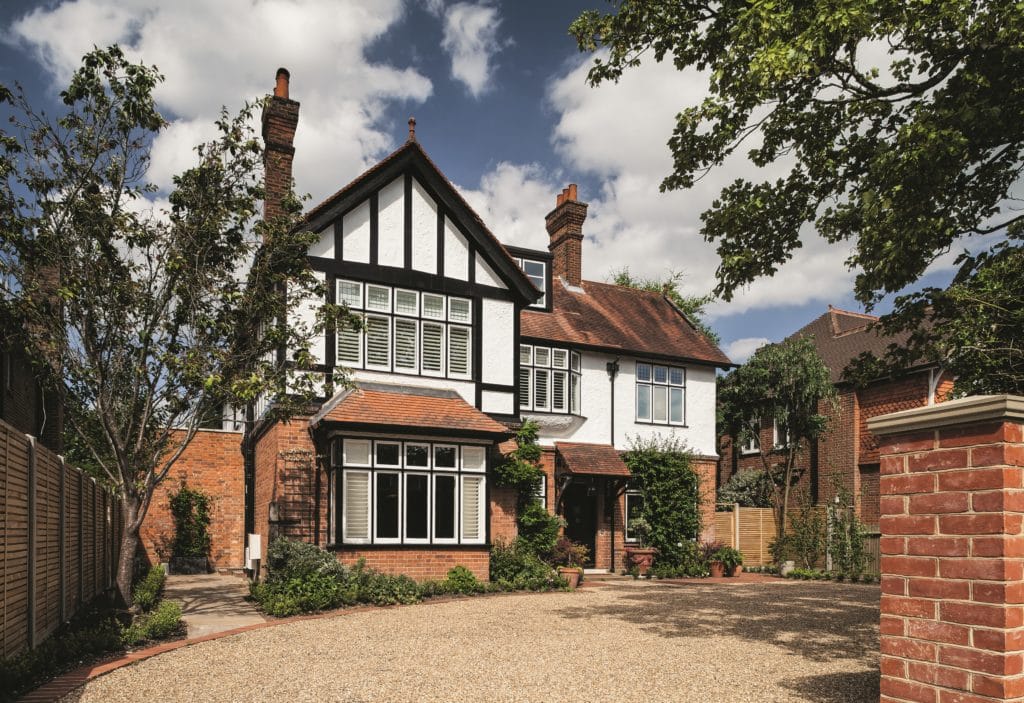
With a striking traditional frontage, a clear driveway and green landscaping, this property oozes kerb appeal. The renovation of this period residence was headed up by Concept Eight Architects
Often the garden gate is the first physical contact with the property so it should be well-made, easily opened, in tune with the character of the house and pleasing to the touch.
Where possible, pedestrian and vehicle routes should be separated so that the landscape design around the garden path is the right scale for people.
The footpath should lead directly to the front door which, depending on the context could be a rectilinear straight line or have a gentle meander.
Flowerbeds, changes in paving and features such as an arbor – an arched framework with climbing plants – can help to mark the route. Waste bins should be out of site, either by locating them elsewhere or putting them in a walled compound or box to hide them from view.
Learn more: Products and Services for your Garden Space
If space is tight it is still possible to introduce some colour and greenery with window boxes and potted plants to contrast with essential hard landscaping. If you are no fan of gardening there are plenty of alternatives.
But if you want to keep things interesting, large swathes of one paving type should be avoided, especially featureless tarmac. Materials such as pavers and gravel can be arranged in geometric patterns with more expensive products such as natural stone incorporated to add a touch of class.
A good way to express your personality is to pick some sculptures or ornaments.
Invest in quality materials
It is worth spending a bit more to put better quality window, doors and materials on display where they will be most visible. If this stretches your budget, money can be saved by using cheaper versions for more private elevations on the side or rear of house.
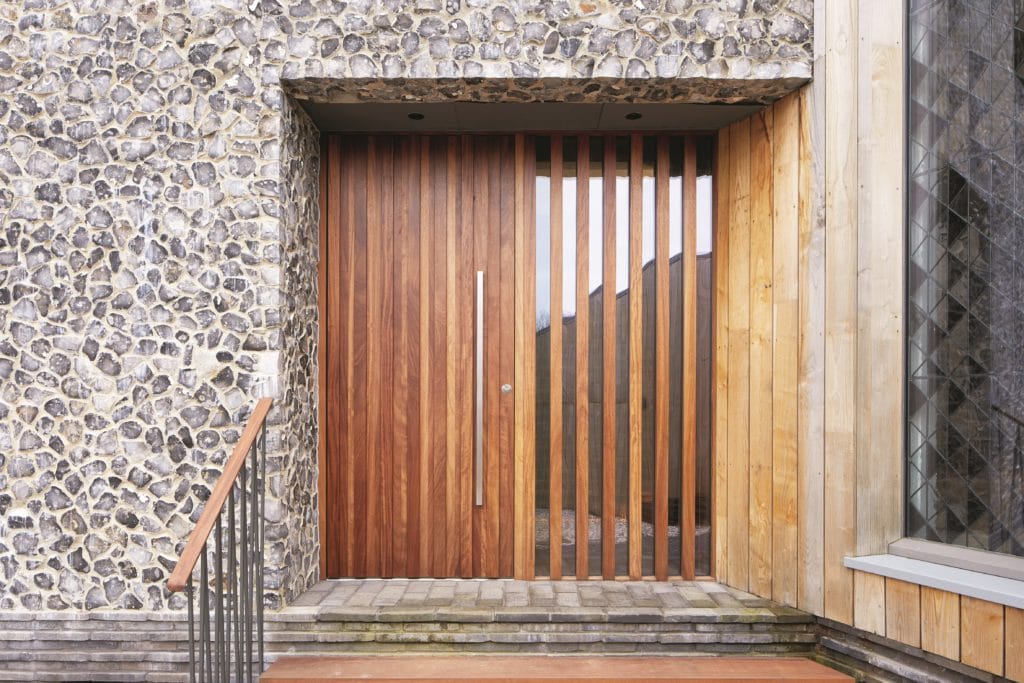
If an oversized door isn’t quite right for your home, try pairing a feature unit with matching panels and glazing, like this wow-factor entrance by Urban Front
The blend between materials and finishes will also play a role in the success of the design. Bricks tend to have a very strong character and texture, so they work well with more neutral window and door frames.
Renders can be used in bright colours to make a splash, or given subtle colours toned in with the openings, gutters and facias.
Add dramatic features
Design decisions must be made with conviction and followed through if you want to make a dramatic statement. A symmetrical facade can look classic and spectacular provided the positioning of all the openings and proportions is spot on, with the rooms behind windows adjusted accordingly.
If there is a risk that the two sides will be slightly different and make the house look skewwhiff, it is better to go for a bold but well-balanced asymmetry.
Stairwells and galleried spaces make a wow-factor point of entry into a house, but can also be used to provide a focal point on the outside. They provide an opportunity to add tall vertical glazing which can be taken up beyond the eaves of the roof.
It’s an excellent way to signpost the location of the main entrance, as well as making the building stand out.
Choosing a front entrance
The front door is one of the most important features of house design and hints at the tone of the interior design. Its scale and proportion should be appropriate to the rest of the elevation, but also impressive – perhaps by being wider and taller than the surrounding windows.
If you don’t want the door leaf itself to be large, it can be surrounded with side and top lights to increase the size of the opening.
In a similar way if there is to be a porch it should be consistent with the rest of the front elevation, with cupboards to hide clutter such as shoes and coats. Bespoke ironmongery such as letterplates, handles and door knockers can be used to add a touch of elegance and panache.
Consider lighting
Many designers concentrate so much on how a house looks in daylight that they forget how it can be made to sparkle at night-time, or when the weather is overcast.
Pillar lights can lead the way to the front door, which in turn can be illuminated with a hanging lantern above it, plus down and uplighters either side. Curtains and blinds can allow the interior light to shine through and create a variety of effects and colours.
Don’t overdo it
There are one or two features that could undermine your attempts to compose a frontage with maximum kerb appeal. Large double or triple garage doors spoil the proportions of an elevation, because they are of such a different scale to the other openings and so will only look acceptable on a very large house.
To avoid this effect either split them into single doors with pillars between or place the garage at 90 degrees to the road with the doors facing towards the side.
As you approach a house a small, obscured glass toilet window right next to the front door is unsightly and is better to locate these facilities out of view. There usually has to be space for cars on site but if you want to show the house off at its best all the time avoid putting parking spaces right by the front door.
Having created a house with striking kerb appeal ensure that it stays that way with regular maintenance, weeding and cleaning.
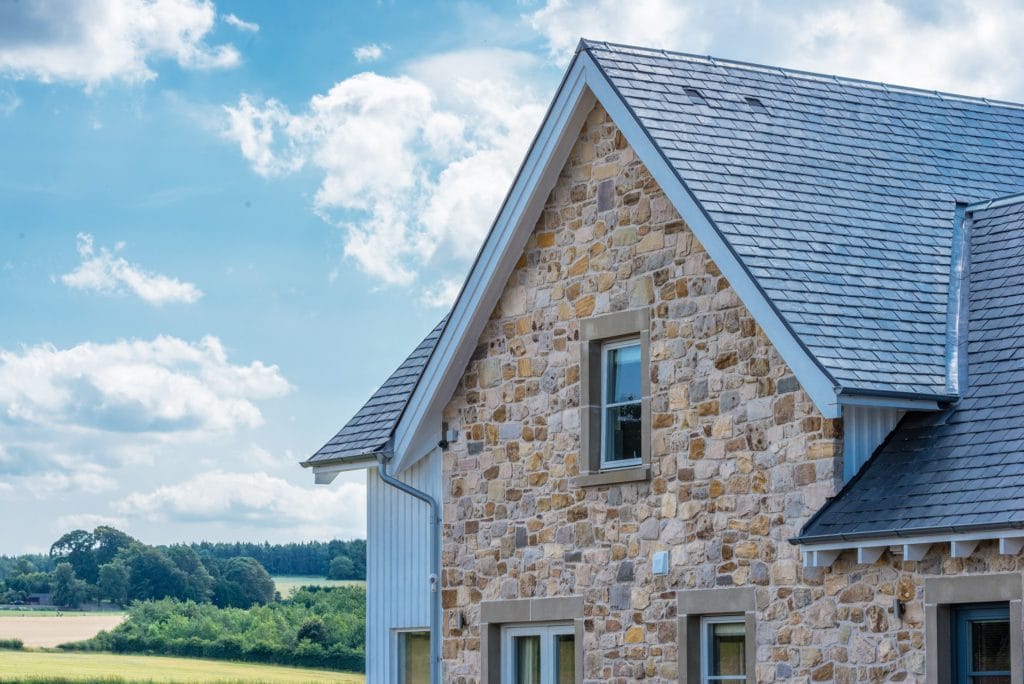
Ensure your roof looks immaculate, with uniform tiles or a tasteful blend. These slates are from Cupa Pizarras and fit well with the character of this stone abode
You’ll walk through your front garden, or down your driveway, almost every day of the year, so ensuring these areas are as well-presented as possible makes sense if you want to enjoy your home to the full.
It’s also a great way to increase the value of a property (not to mention make the neighbours jealous).
Clean, repair & declutter
Take an objective look around to identify jobs that need doing. Blocked, overflowing guttering not only looks bad but can lead to water ingress and maintenance issues, so clear it out and replace broken sections if necessary.
Cracked or missing roof tiles should also be replaced to prevent bigger problems further down the line.
Wiping down dirty fascias and soffits can give a house an overnight facelift (many larger window cleaning firms offer this service). Your home’s main facade can also be washed, but be as gentle as possible as high-pressure water can damage certain materials; loosening mortar, for example.
What’s more, the patina of age is a desirable feature, especially on period houses, so think twice about removing it if it’s not doing any damage.
Declutter by pulling out weeds and removing fallen leaves, and consider concealing your wheelie bins behind a willow screen or in a timber hide.
Ten tips for instant kerb appeal1. Your house starts at the garden gate. Poor treatment and maintenance of the front boundary will downgrade the effect, no matter how striking the property looks from the street. 2. Resist the temptation to save money by covering the front drive with a plain expanse of paving. Even the best quality materials will look boring unless they are broken up with other features or planting. 3. Create a soft landscaping scheme that complements the front elevation. You can pick up the colours of the materials in your choice of flowering plants. 4. Keep clutter such as bikes and bins out of the way. Conceal them behind low walls with a gate or inside attractive containers. 5. Arrange the house and landscape designs to clearly flag up the location of the front door. Hard-to-find side entrances or a garden that obscures the route to the house leave visitors confused. 6. Follow your architectural style through, right down to the small details. 7. Consider your ironmongery – the touch and feel of the latches, handles, etc subliminally sets the tone. 8. Think about your lighting scheme, which can be used to create a dramatic effect at night. 9. Your neighbours’ properties can affect your own, so if the boundaries are in poor condition, offer to help them out by painting their fence or trimming their side of the hedge. 10. Bear in mind that allowing passers-by to see all of the front garden is better for security than sealing it off behind high walls or hedges. |
And don’t forget the driveway and paving – give them a wash to blast off algae and other grime that could make the surface slippery underfoot.
Finishing touches for the front door area include replacing or polishing the ironmongery; adding decorative window film to side lights and over-door lights; and replacing door names and numbers with modern versions.
Paint, render & masonry
Timber window frames and front doors (as well as elements such as metal railings and wooden fencing) benefit from a new coat of paint every few years. This isn’t simply to make them look better but also to offer a coating to protect against the elements.
Keep an eye out for cracked or damaged masonry, which could lead to damp problems inside.
Repoint brickwork where necessary (the rule of thumb is, if the mortar has recessed to more than its height, then it needs attention), and use masonry filler to repair minor cracks and holes in render before finishing with a coat of masonry paint.
Always apply products that are suited to the age of your property – older homes were built with porous lime render and mortar, so they’re not a good match for non-breathable cement.
Larger projects
Replacing dated front and/or garage doors can have a transformative effect. Look for companies offering matching products to create a neat, unified look – try Urban Front for its contemporary oak ranges, for example.
While modern units can refresh the look of some older properties, houses with a very definite period feel (a 1930s semi or rural barn, for example) tend to look better when paired with styles that match their original features.
A new driveway is a serious investment, but one that can make a profound difference to your home’s exterior. However, large amounts of paving can have an effect on drainage if it’s non-permeable.
“Look at how to create a balanced front garden, with sufficient beds for drainage or a soakaway,” says Claire Blake, head of domestic product management at Marshalls.
Clever design can make a uniform driveway less boring. “There’s a trend for using different products together to break up the space, such as natural stone setts in small areas combined with concrete – for example, a pathway can be done in an unusual material,” says Claire. “Walling, edging and even a water feature can all make a space flow properly.”
From a quick lick of paint to more involved projects, these ideas will boost kerb appeal.
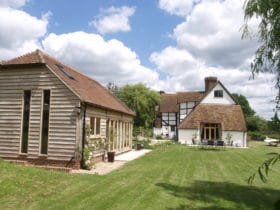
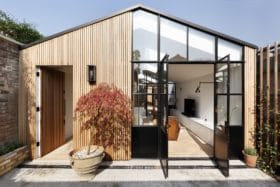































































































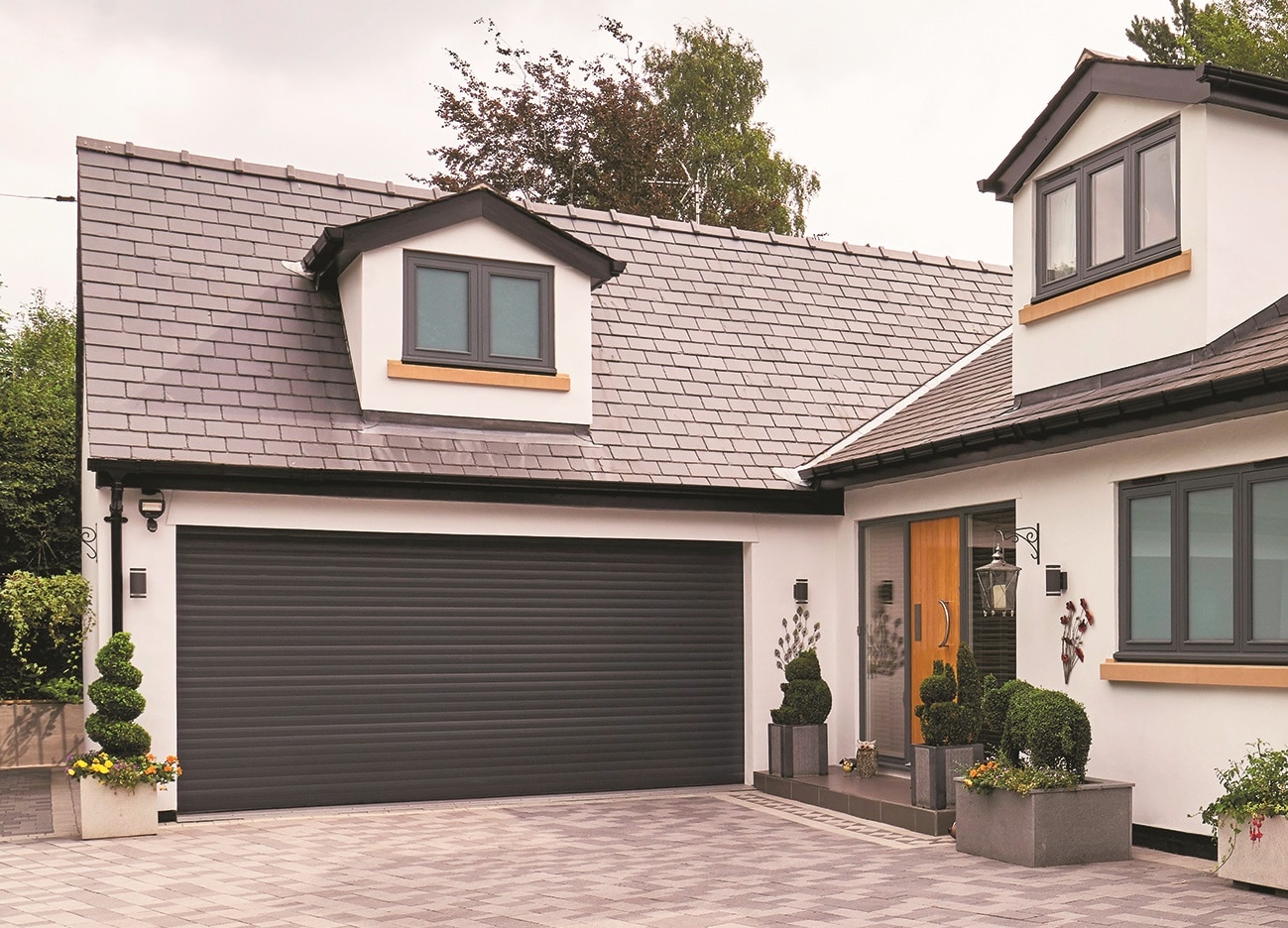
 Login/register to save Article for later
Login/register to save Article for later




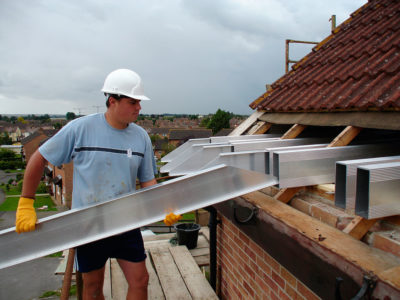
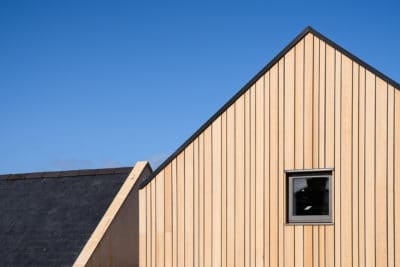
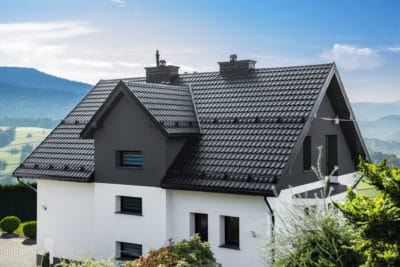





Comments are closed.